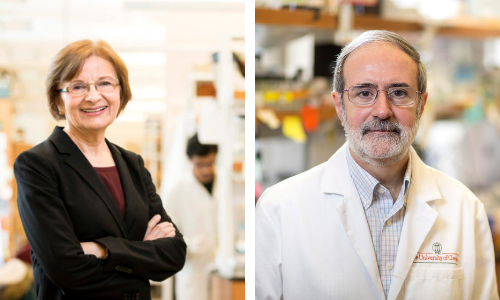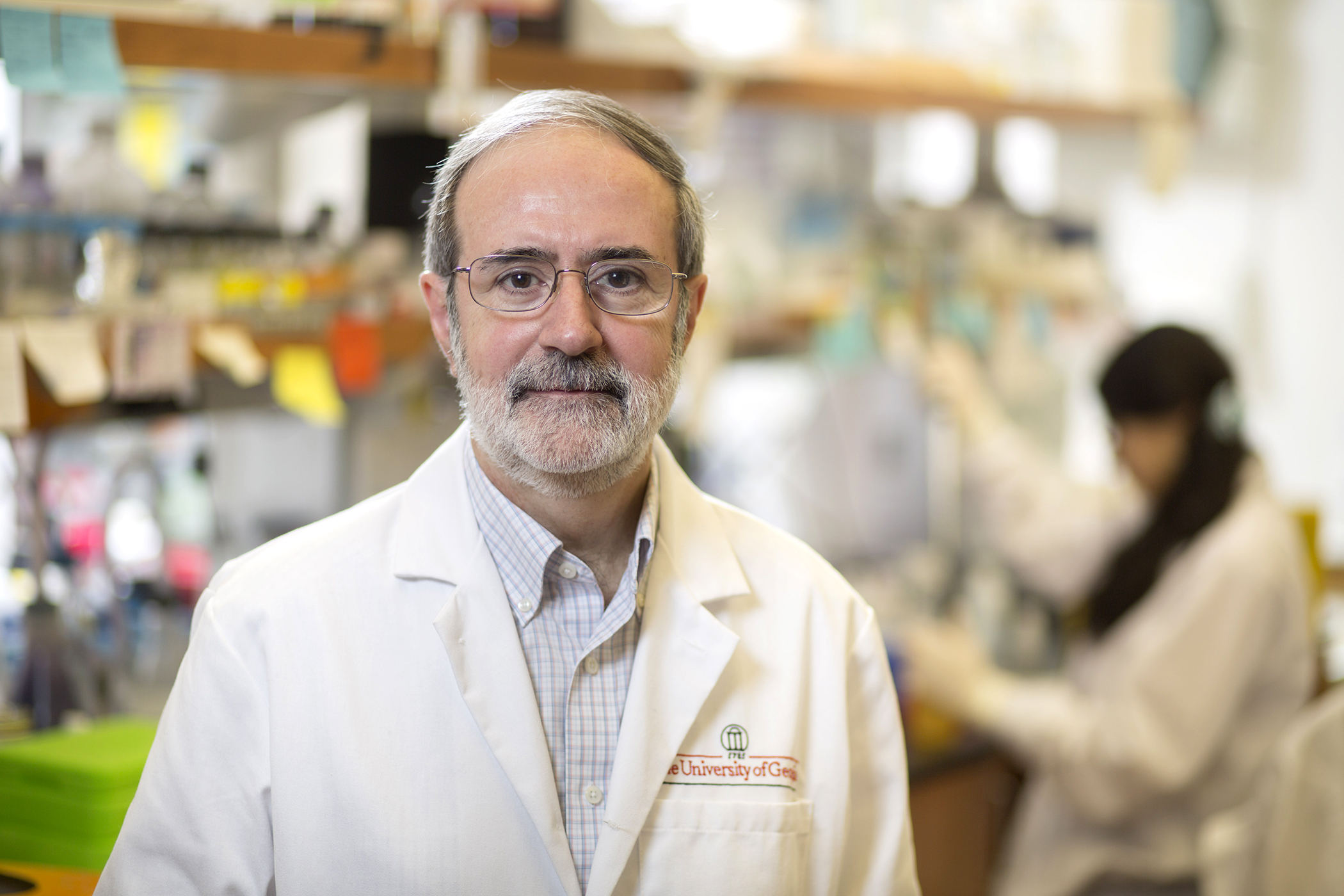Naegleria fowleri is a pathogenic, thermophilic, free-living amoeba which causes primary amebic meningoencephalitis (PAM). Penetrating the olfactory mucosa, the brain-eating amoeba travels along the olfactory nerves, burrowing through the cribriform plate to its destination: the brain’s frontal lobes. The amoeba thrives in warm, freshwater environments, with peak infection rates in the summer months and has a mortality rate of approximately 97%. A major contributor to the pathogen’s high mortality is the lack of sensitivity of N. fowleri to current drug therapies, even in the face of combination-drug therapy. To enable rational drug discovery and design efforts we have pursued protein production and crystallography-based structure determination efforts for likely drug targets from N. fowleri. The genes were selected if they had homology to drug targets listed in Drug Bank or were nominated by primary investigators engaged in N. fowleri research. In 2017, 178 N. fowleri protein targets were queued to the Seattle Structural Genomics Center of Infectious Disease (SSGCID) pipeline, and to date 89 soluble recombinant proteins and 19 unique target structures have been produced. Many of the new protein structures are potential drug targets and contain structural differences compared to their human homologs, which could allow for the development of pathogen-specific inhibitors. Five of the structures were analyzed in more detail, and four of five show promise that selective inhibitors of the active site could be found. The 19 solved crystal structures build a foundation for future work in combating this devastating disease by encouraging further investigation to stimulate drug discovery for this neglected pathogen.
Logan Tillery, Kayleigh Barrett, Jenna Goldstein, Jared W Lassner, Bram Osterhout, Nathan L Tran, Lily Xu, Ryan M Young, Justin Craig, Ian Chun, David M Dranow, Jan Abendroth, Silvia L Delker, Douglas R Davies, Stephen J Mayclin, Brandy Calhoun, Madison J Bolejack, Bart Staker, Sandhya Subramanian, Isabelle Phan, Donald D Lorimer, Peter J Myler, Thomas E Edwards, Dennis E Kyle, Christopher A Rice, James C Morris, James W Leahy, Roman Manetsch, Lynn K Barrett, Craig L Smith, Wesley C Van Voorhis (2021) Naegleria fowleri: Protein structures to facilitate drug discovery for the deadly, pathogenic free-living amoeba. PLoS ONE 16(3): e0241738. https://doi.org/10.1371/journal.pone.0241738










